Introduction
If you are someone who has acne-prone skin, then you know just how frustrating it can be to find the right primer that works for you. A lot of primers can make your breakouts worse, while others may not provide enough hydration, leaving your skin looking dull and feeling dry.
In this guide, we will explore the importance of choosing the right primer for acne-prone skin. We will provide you with helpful tips and tricks to help you choose the best primer for your acne-prone skin, so you can achieve a flawless look without making your acne worse.
Why Choosing the Right Primer is Important for Acne-Prone Skin
Acne-prone skin can be very sensitive and prone to breakouts, so it's important to choose a primer that is gentle on the skin and won't clog pores. An unsuitable primer can make breakouts worse by clogging pores and causing further skin irritation. On the other hand, choosing the right primer helps to create a barrier between your skin and the makeup you apply. It helps your makeup to last longer and stay in place throughout the day, without clogging your pores or irritating your skin.
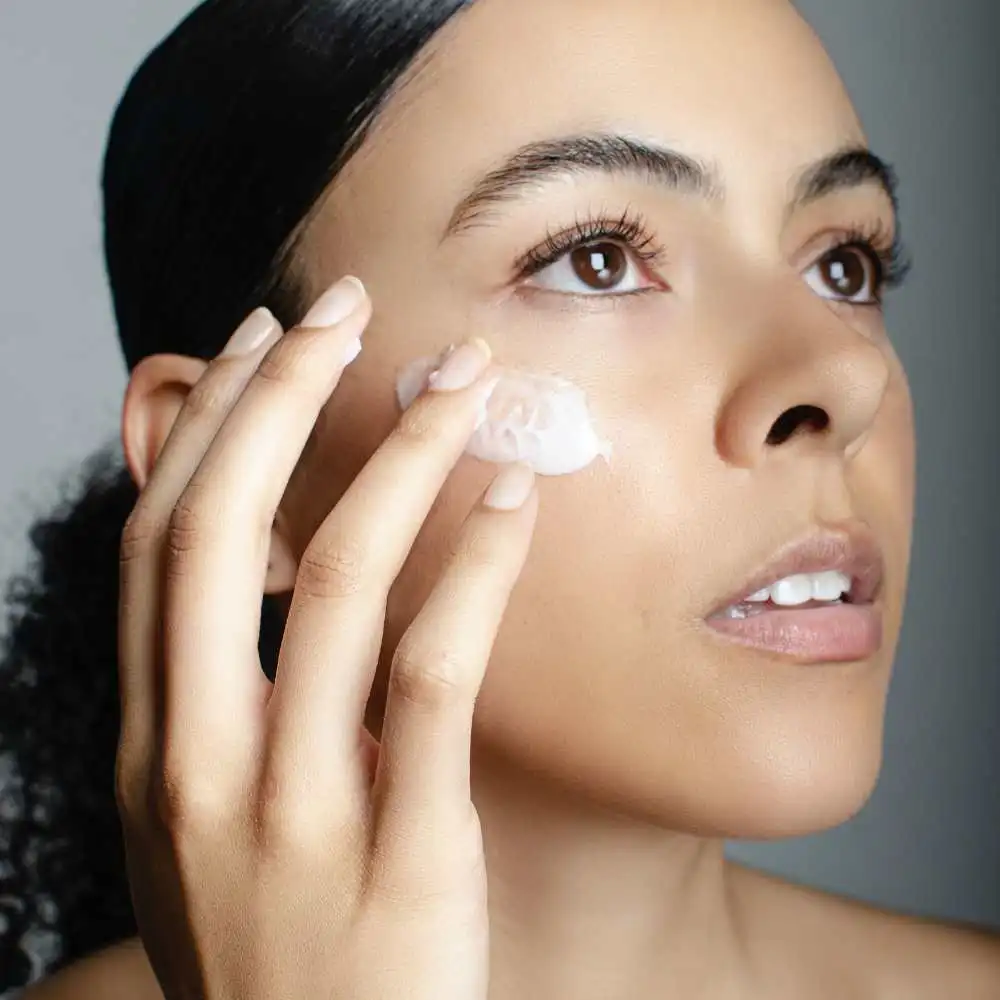
Factors to Consider when Choosing a Primer for Acne-Prone Skin
Choosing the right primer for acne-prone skin can be challenging, as there are many factors to consider. In this section, we will discuss some of the most important factors you should consider when choosing a primer.
Ingredients to Look for the Best Primer
When choosing a primer for acne-prone skin, you should look for ingredients that provide benefits to your skin. Ingredients such as salicylic acid and benzoyl peroxide help to fight acne breakouts and prevent future ones from occurring.
Other ingredients like hyaluronic acid, glycerin, and niacinamide can help to moisturize your skin and keep it hydrated. They can also help to reduce inflammation and redness, which are common in acne-prone skin.
Oil-free and Non-Comedogenic Formulas
It's important to choose a primer that is oil-free and non-comedogenic. Oil-free formulas can help to control excess oil on your skin, which is a major contributor to acne breakouts. Non-comedogenic formulas do not contain pore-clogging ingredients, which can further aggravate acne-prone skin.
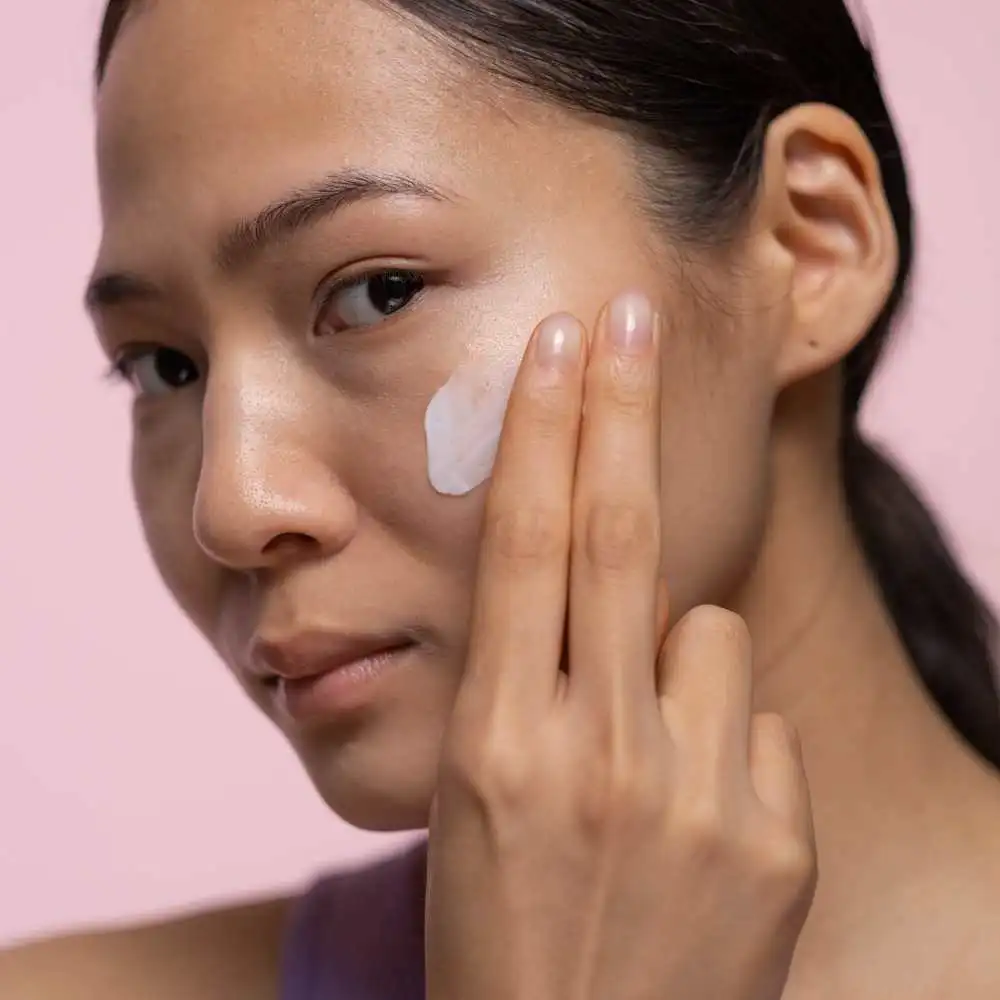
Matte Finish
Matte finish primers are a great option for those with oily skin. They help to control excess oil and shine, providing a smooth, matte finish. However, if you prefer a dewy finish, you can opt for a primer with a more moisturizing formula or add a highlighter to your makeup routine.
SPF Protection
SPF protection is important for all skin types, but especially for acne-prone skin. Acne scars can be worsened by exposure to the sun, so it's important to choose a primer that provides at least SPF 30 protection. However, it's important to note that using a separate sunscreen is still recommended for optimal protection.
Fragrance-Free Formulas
Fragrances can be irritating to acne-prone skin, so it's important to choose a primer that is fragrance-free. This can help to reduce the chances of skin irritation and inflammation, which can make acne breakouts worse.
By considering these factors, you can choose a primer that suits your skin's needs and helps to create a flawless look without causing further breakouts.
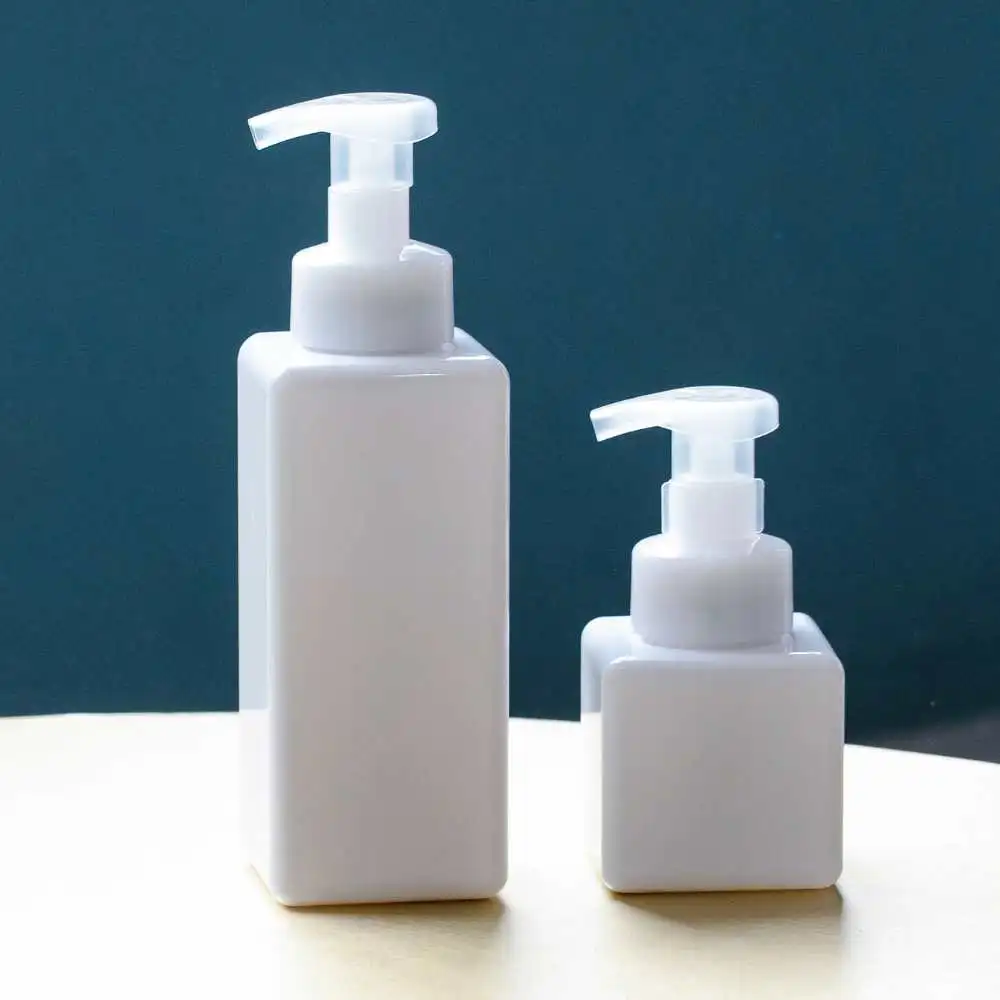
How to Apply Primer
Now that you have chosen the perfect primer for your acne-prone skin, it's time to learn how to apply primer. Here are some essential tips and tricks to help you get the most out of your primer:
Step 1: Start with a clean and moisturized face
Ensure that your face is clean and moisturized before applying your primer. Use a gentle cleanser to remove any dirt, oil, and makeup from your face, and follow up with a lightweight moisturizer to hydrate your skin.
Step 2: Apply primer sparingly
A little goes a long way with primer, so it's crucial to apply it sparingly. Start with a small amount and apply it in areas with acne scars or blemishes. Use your fingers or a brush to blend the primer evenly over your face, focusing on your T-zone, chin, and cheeks.
Step 3: Let the primer settle
Allow the primer to settle on your skin for a few minutes before applying any makeup. This will ensure that the primer has adhered to your skin, creating a smooth base for your makeup.
Step 4: Apply makeup
Once the primer has settled, you can apply your makeup as usual. It's essential to avoid applying too much makeup as this can clog your pores and cause further acne breakouts.
By following these simple steps, you can apply your primer like a pro, helping you to achieve a flawless, long-lasting makeup look. Remember to choose a primer that is gentle, hydrating, and non-pore-clogging, to keep your skin healthy and looking its best.
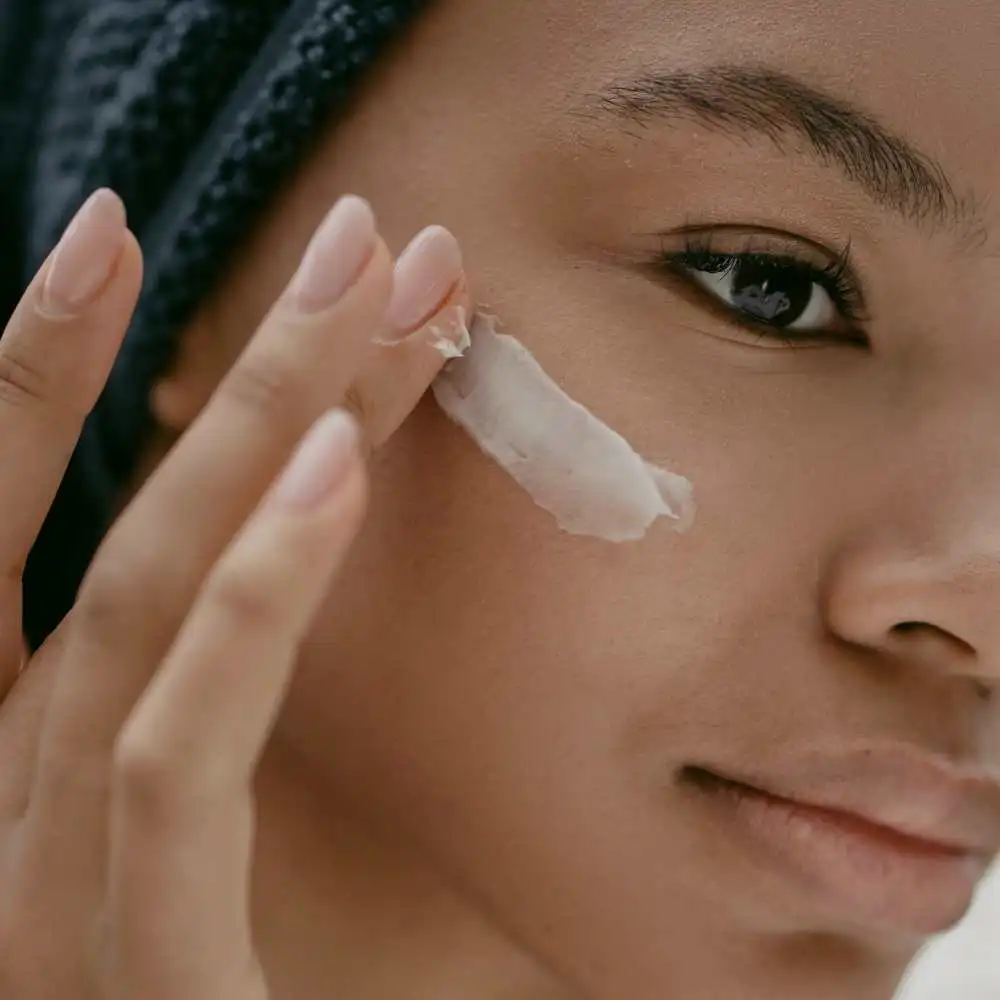
Tips and Tricks in Using Primer
Using a primer is an excellent way to ensure that your makeup lasts all day, and it can also help to keep your skin looking healthy and glowing. In this section, we will provide some tips and tricks on how to use primer effectively to achieve the best results.
Tip 1: Choose the Right Primer for Your Skin Type
There are several types of primers on the market, including those that cater to specific skin types such as oily, dry, or combination skin. Choosing the right primer for your skin type is essential to create a smooth and even base for your makeup.
Tip 2: Apply Primer Sparingly
Using too much primer can cause your makeup to look cakey and unnatural. Apply a small amount of primer to the areas that need it most, such as your T-zone, and blend it evenly using your fingertips or a brush.
Tip 3: Layer Your Products
For a more long-lasting and flawless finish, consider layering your primer with other products such as a concealer or foundation for acne prone skin. Allow the primer to settle on your skin for a few minutes before applying any additional products.
Tip 4: Use a Setting Spray
After applying your primer and makeup, consider using a setting spray for acne prone skin to help set everything in place. This will create a more long-lasting and flawless look throughout the day.
Tip 5: Experiment with Different Techniques
Different skin types may require different techniques when it comes to using primer. Experiment with different techniques such as applying primer before or after your moisturizer, using different application tools, or applying it in combination with other products to find what works best for you.
By following these tips and tricks, you can use primer effectively to create a smooth and flawless base for your makeup. Remember to choose a primer that caters to your skin type, and don't be afraid to experiment with different techniques to find what works best for you. With these tips, you'll be on your way to beautiful and long-lasting makeup that lasts all day and caters to the needs of your unique skin.
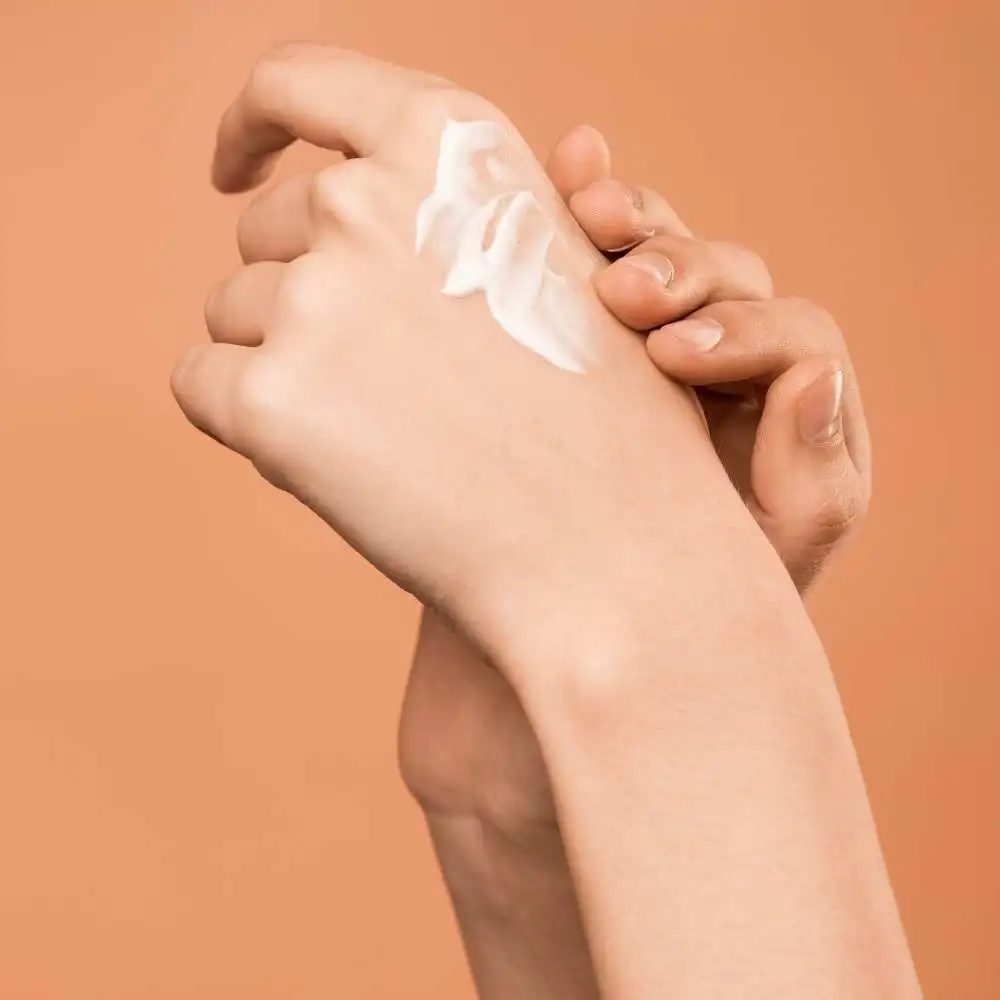
Bonus Tip: Use a primer with a built-in applicator. Some primers come with built-in applicators, such as a brush or sponge, that can make the application process much easier. These applicators can help you blend the primer evenly and minimize the risk of using too much product.
Our List of the Top Products in This Category
- Laura Mercier Foundation Primer
- Cover FX Stress Remedy Primer
- Dr. Brandt Skincare Pores No More Pore Refiner Primer
- Urban Decay All Nighter Ultra Glow Face Primer
- Benefit Cosmetics POREfessional Pro Balm Face Primer
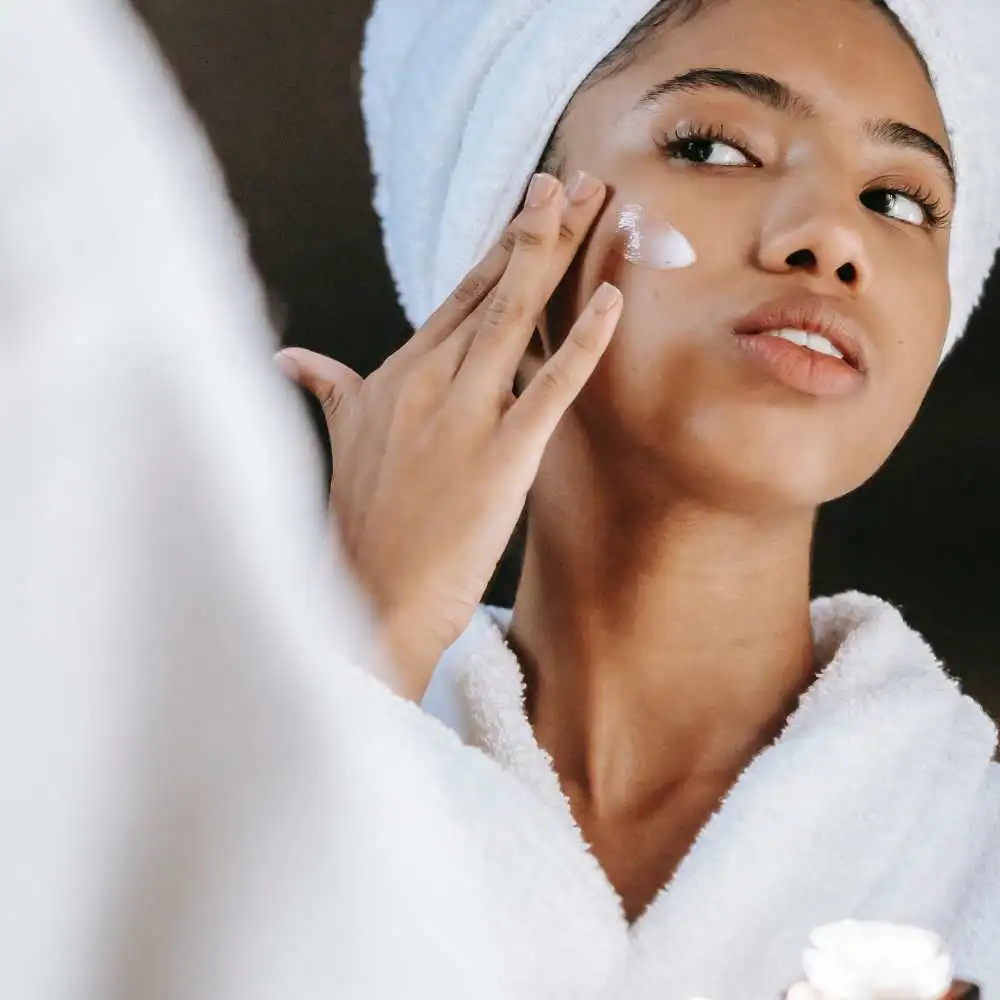
Choosing the right primer for acne-prone skin is crucial to achieving a flawless makeup look without aggravating your skin. In this guide, we have covered the key factors to consider when choosing a primer, including the ingredients to look for, the importance of oil-free and non-comedogenic formulas, matte vs. dewy finish, SPF protection, and avoiding fragrances.
By keeping these factors in mind, you can choose the best primer for your acne-prone skin.
In conclusion, we recommend that you choose a primer that meets the needs of your skin type, and that is gentle, hydrating, and non-pore-clogging. With the tips and factors outlined in this guide, you will be well-equipped to choose the best primer for your acne-prone skin and achieve a flawless, long-lasting makeup look without compromising your skin's health and appearance.
Primer for Acne Prone Skin FAQs
Can Primer hide acne scars?
Yes, primer can help reduce the appearance of acne scars by evening out skin texture, blurring minor imperfections, and making it easier to apply makeup. Primers are designed to create an even surface on your skin before applying makeup, which helps fill in any ridges or bumps caused by acne scarring.
Does A Primer Clog Pores
Yes, primer can clog your pores. However, there are ways to prevent this from happening. Learn more about the science behind primer and its effects on the skin. Discover tips to prevent pore blockages like washing your face before applying makeup, using an appropriate skin cleanser, and exfoliating regularly. By taking preventive measures, you can still enjoy the benefits of using primer without having to worry about breakouts and other skin irritations.
Is It Okay To Wear Primer Everyday
Wearing primer daily can do wonders for your makeup. Not only does it provide an even surface for your makeup and keep it looking fresh all day long, but it can also protect your skin from environmental elements like UV rays and reduce shine and redness. Most primers also enhance hydration levels in your skin over time and are perfect for those with oily or acne-prone skin. While they're generally designed for daily wear, be sure to check the label for any potential irritants. So go ahead and wear primer every day for beautiful, healthy-looking skin.
What Can I Use Instead of Foundation Primer
Skip the expensive foundation primer and try using a natural facial oil or aloe vera gel instead. They both provide the same benefits as a primer by moisturizing and smoothing the skin, filling in fine lines, and nourishing the skin with antioxidants and vitamins. Use only a few drops of facial oil or a thin layer of aloe vera gel to avoid clogged pores or greasy-looking makeup. Let it absorb for a few minutes before applying foundation for a flawless finish that lasts all day.







